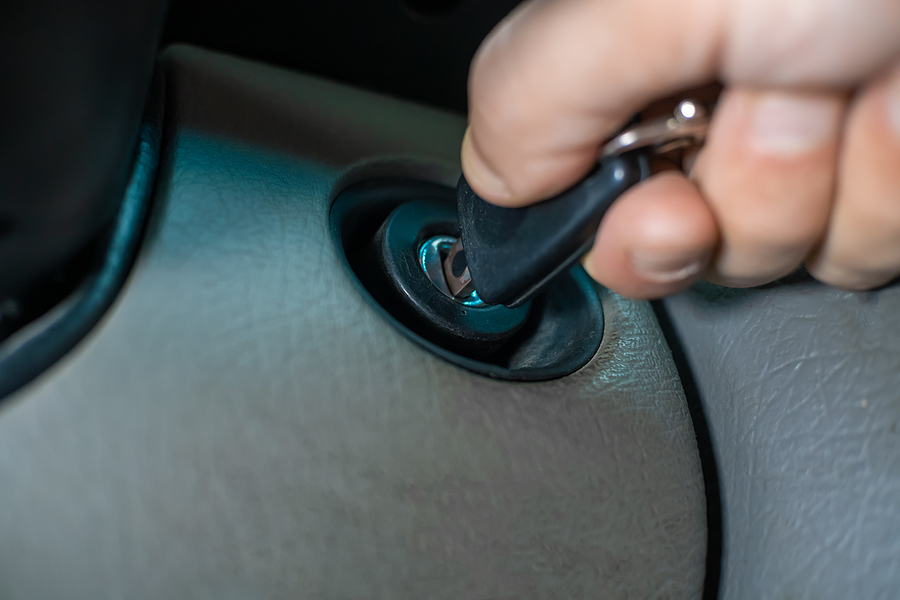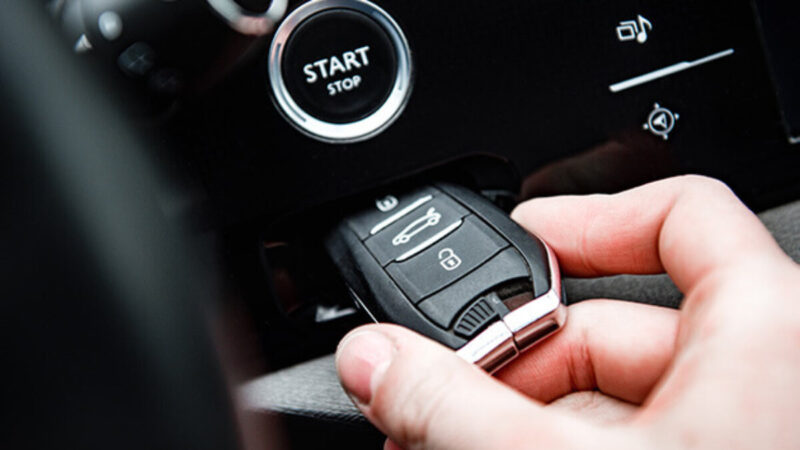Imagine this: youre standing in a dimly lit parking lot, fumbling for your car key, only to realize—its not working. Panic sets in as you click and clack the remote; nothing happens.
You might feel stuck, but fear not! Reprogramming your car key is often simpler than it seems. Whether its a traditional key or a modern fob, there are strategies you can employ to restore its functionality.
In this guide, we’ll explore the common reasons your key might fail, along with practical, step-by-step solutions to get you back on the road in no time. So, let’s unlock the mystery behind car key reprogramming and empower you to take control of your driving experience!
Common Reasons Your Car Key Stops Working

Several factors can cause your car key to suddenly stop functioning, leaving you frustrated and uncertain about your next step. One common issue is a dead or failing battery in your key fob, which can often be remedied with a simple battery replacement. Additionally, physical damage—like wear and tear or water exposure—can render even the sturdiest keys useless.
Furthermore, the key’s internal chip may malfunction or lose its programming, especially if it’s been dropped or exposed to extreme temperatures. Likewise, if you recently changed your vehicle battery or made adjustments to your car’s electrical system, the connection between your key and the cars computer might need to be reset.
Lastly, software updates or changes in security protocols may require you to reprogram your key for it to work seamlessly once again. Understanding these potential pitfalls can help you troubleshoot more effectively.
Identifying the Type of Key You Have

Identifying the type of key you have is the first step in troubleshooting the issue at hand. Car keys have evolved dramatically over the years, and they come in various forms that serve distinct functions.
Do you have a traditional metal key, which operates solely through a physical lock and ignition? Or perhaps it’s a transponder key, equipped with a tiny chip that communicates with your car’s ignition system to enhance security? Then there are key fobs—those sleek devices with buttons that allow remote locking, unlocking, and even starting your vehicle from a distance. Some models merge the key fob and traditional key into one, while others utilize smart technology, enabling proximity access without any buttons pressed.
Each type of key requires a different approach when reprogramming, so take a moment to scrutinize yours, noting its features and functions; this insight will guide you effectively toward your next steps.
Tools You Will Need for Reprogramming

To successfully reprogram your car key, youll need a few essential tools that can make the process smoother. First and foremost, a functioning spare key is invaluable; it can serve as a reference for the reprogramming process.
A reliable owners manual specific to your car model is also crucial, as it may contain unique instructions to guide you. Additionally, youll want a working code scanner; this handy device can help diagnose potential issues with your key or the ignition system.
Finally, a stable power source—like a battery charger or jumper cables—ensures that your vehicle remains powered during reprogramming, preventing any interruptions that could complicate the task. With these tools in hand, you’ll be well-equipped to tackle the key reprogramming process with confidence.
Conclusion
In conclusion, reprogramming your car key when it stops working can be a straightforward process if you follow the right steps. Whether you choose to do it yourself or seek professional assistance, understanding the specific requirements for your vehicle model is crucial.
Using a new car key can also simplify the reprogramming process, as many modern keys come with enhanced compatibility features. By staying informed and proactive, you can ensure that your car key remains functional and avoid unnecessary inconvenience in the future.
Always remember to consult your vehicle’s manual or a certified technician for the best practices tailored to your specific needs.


